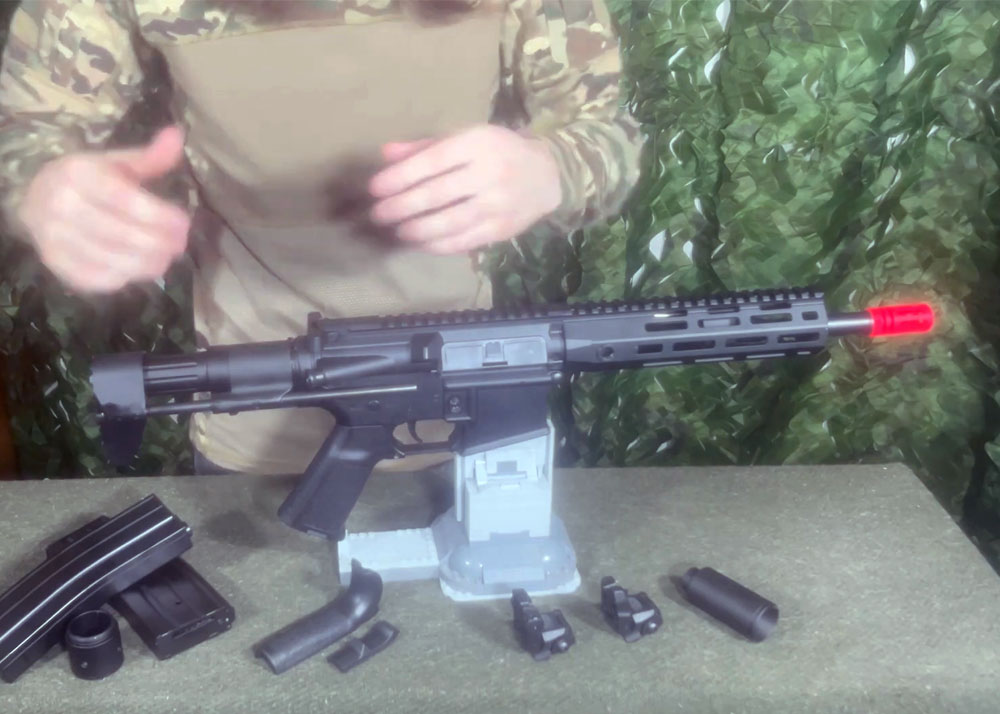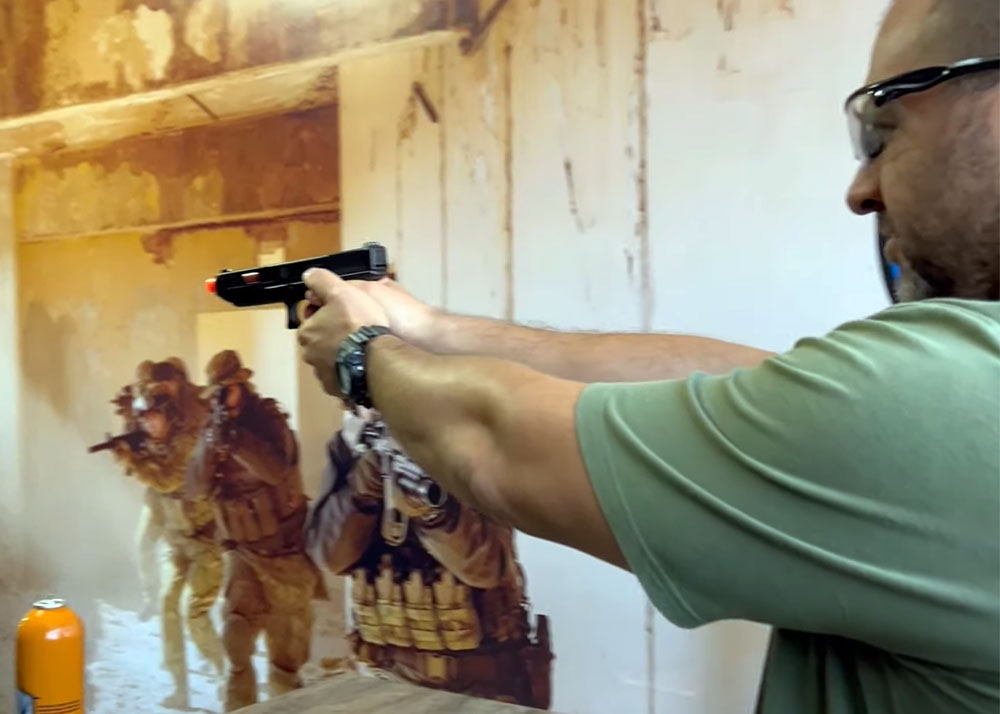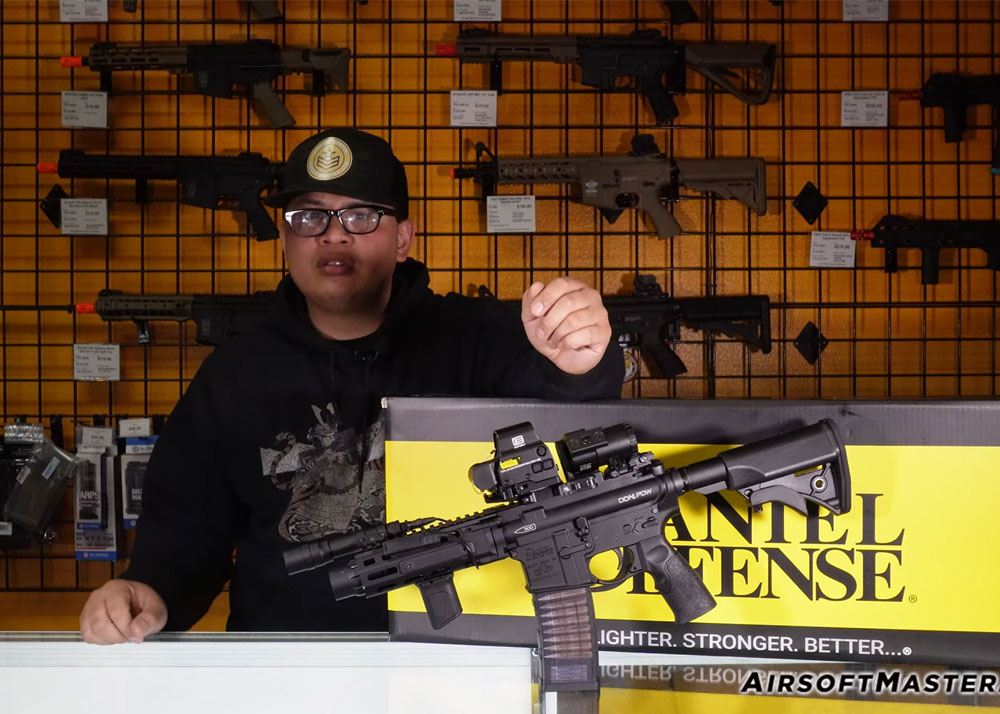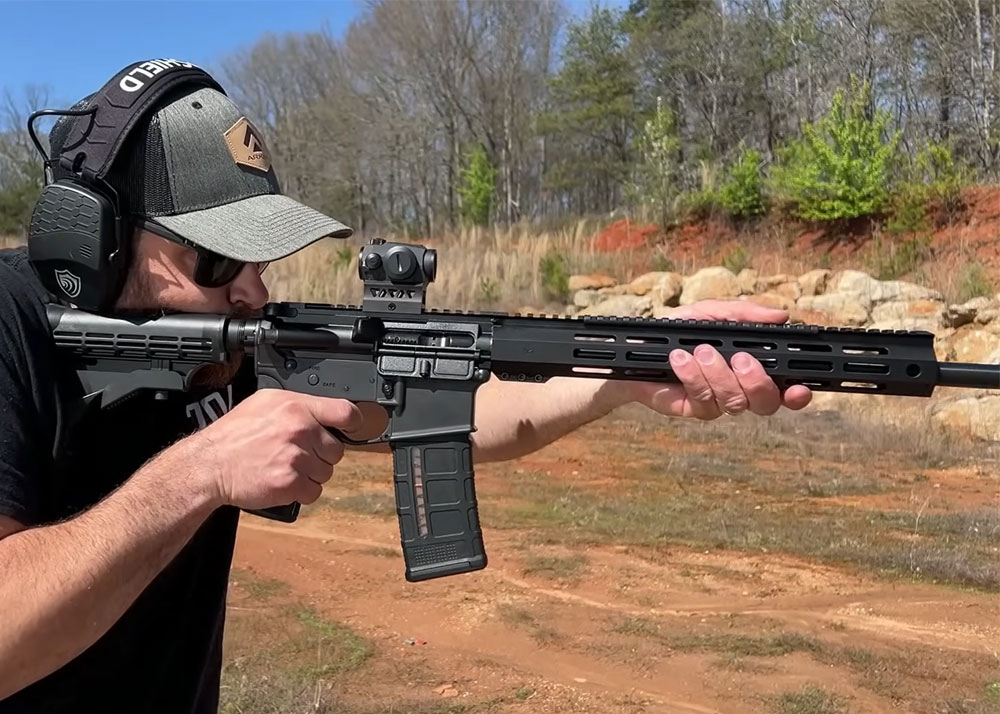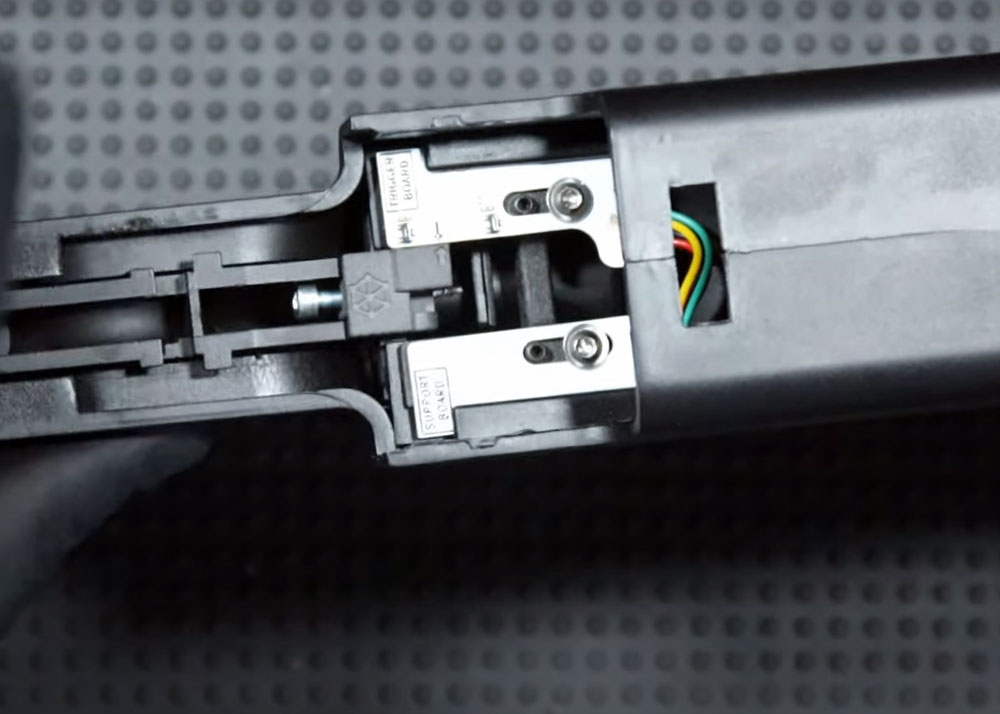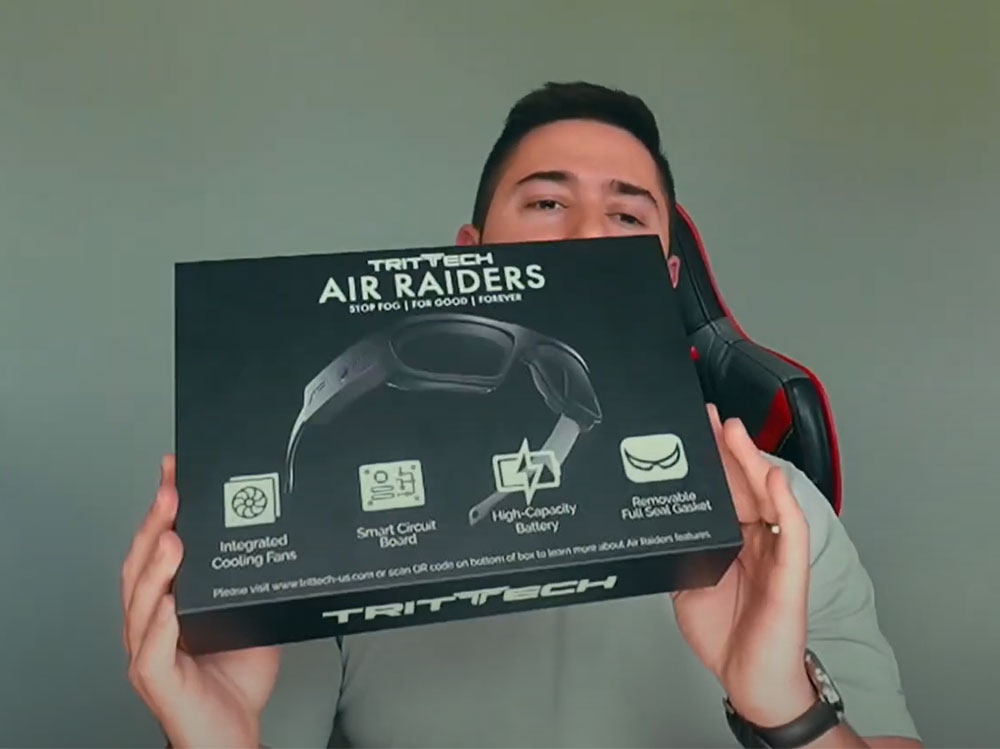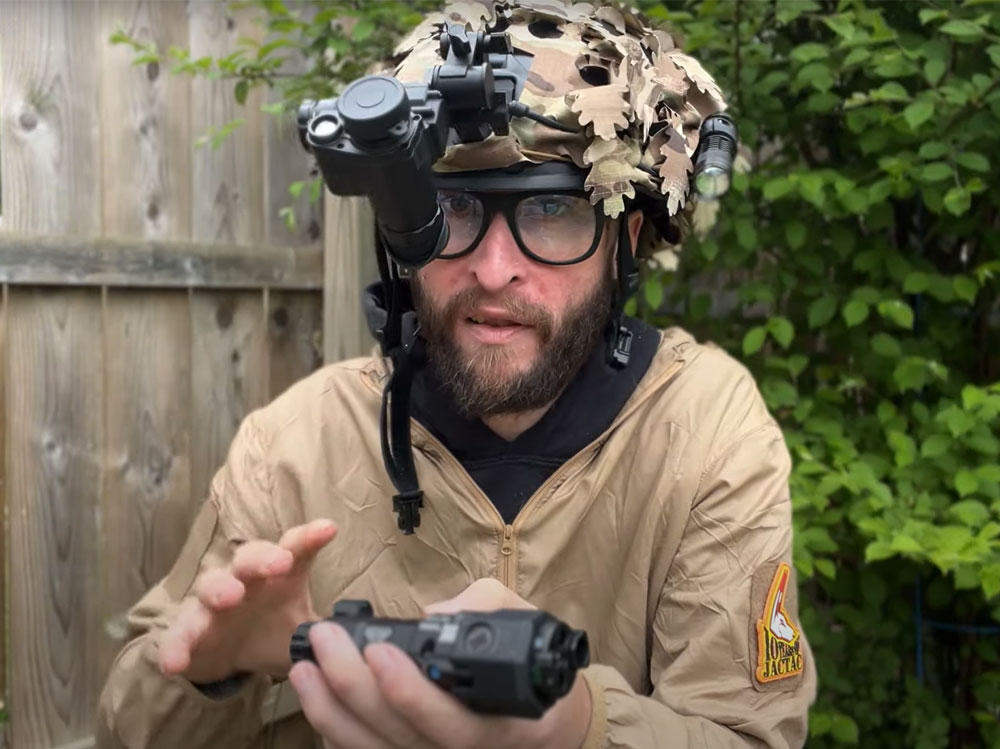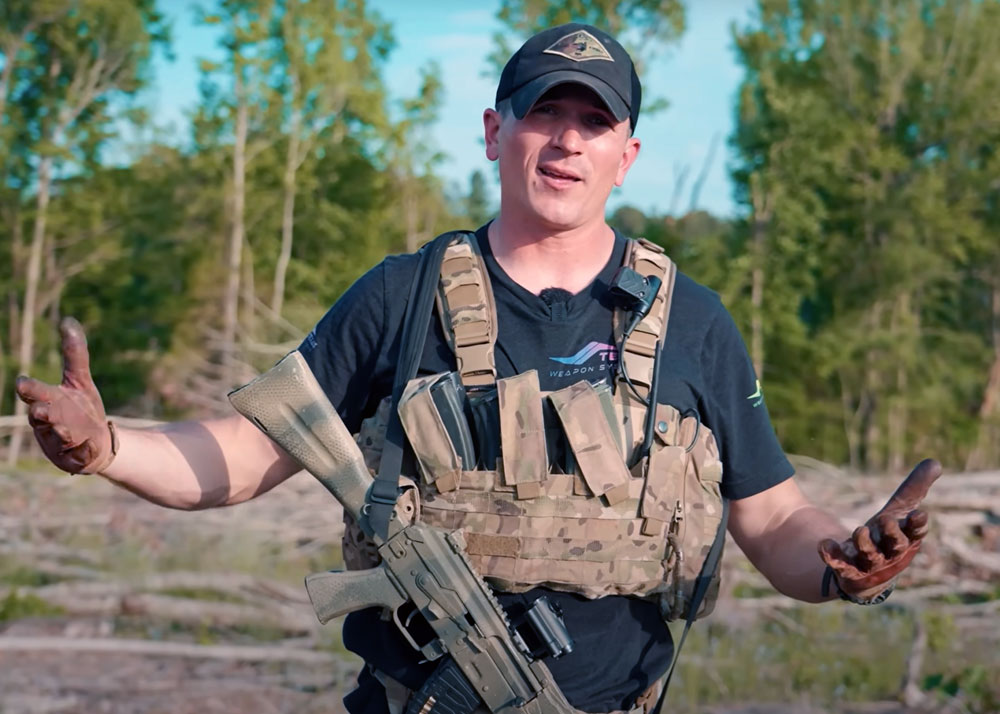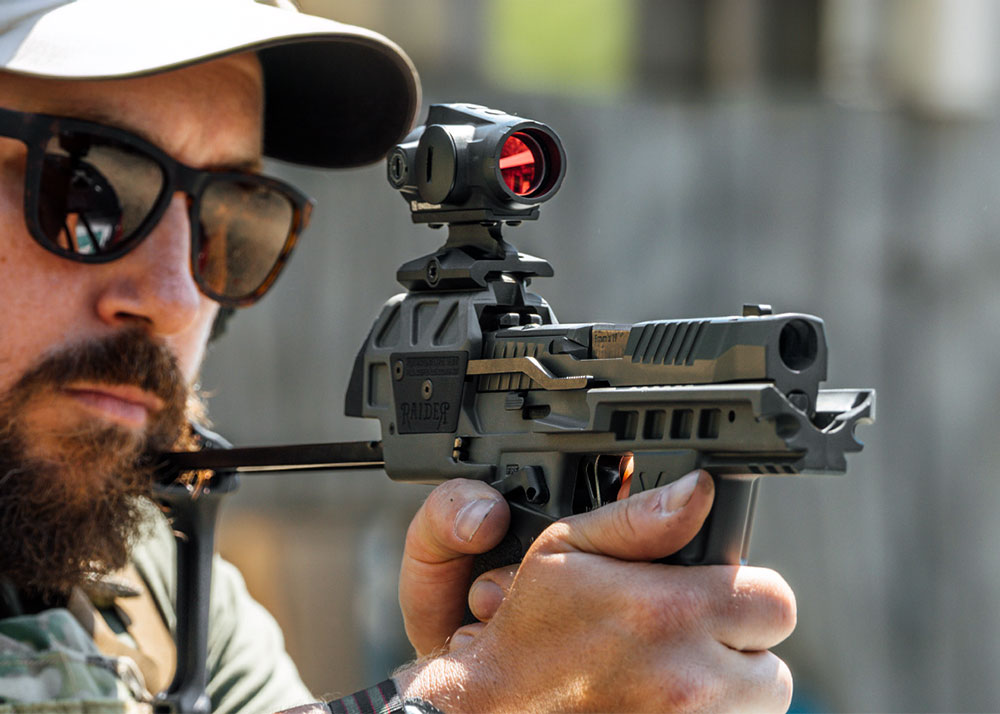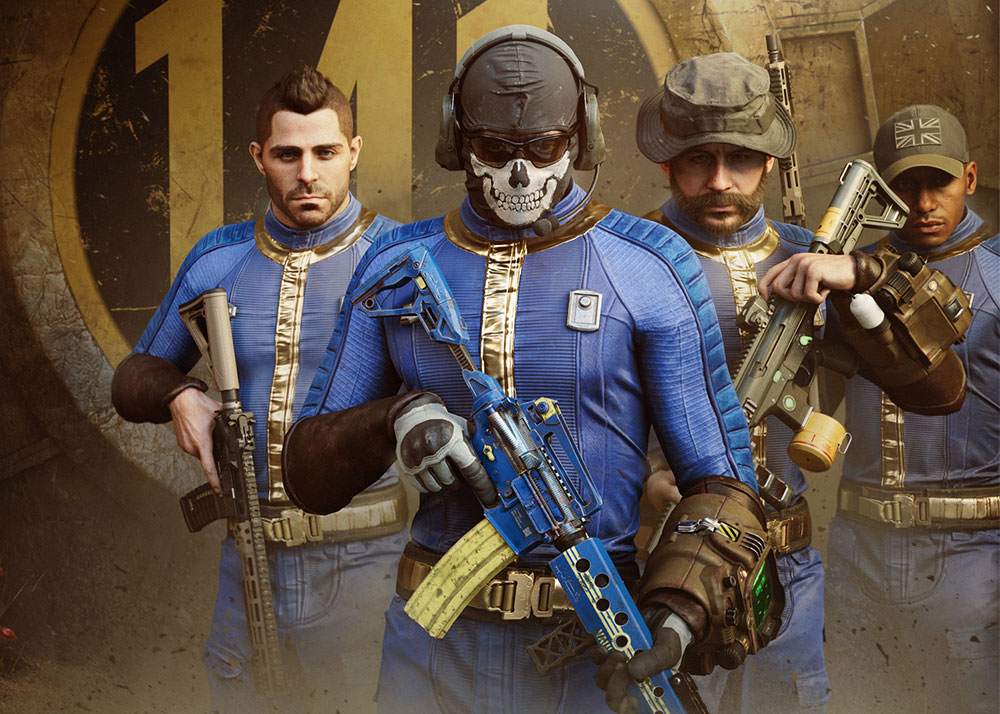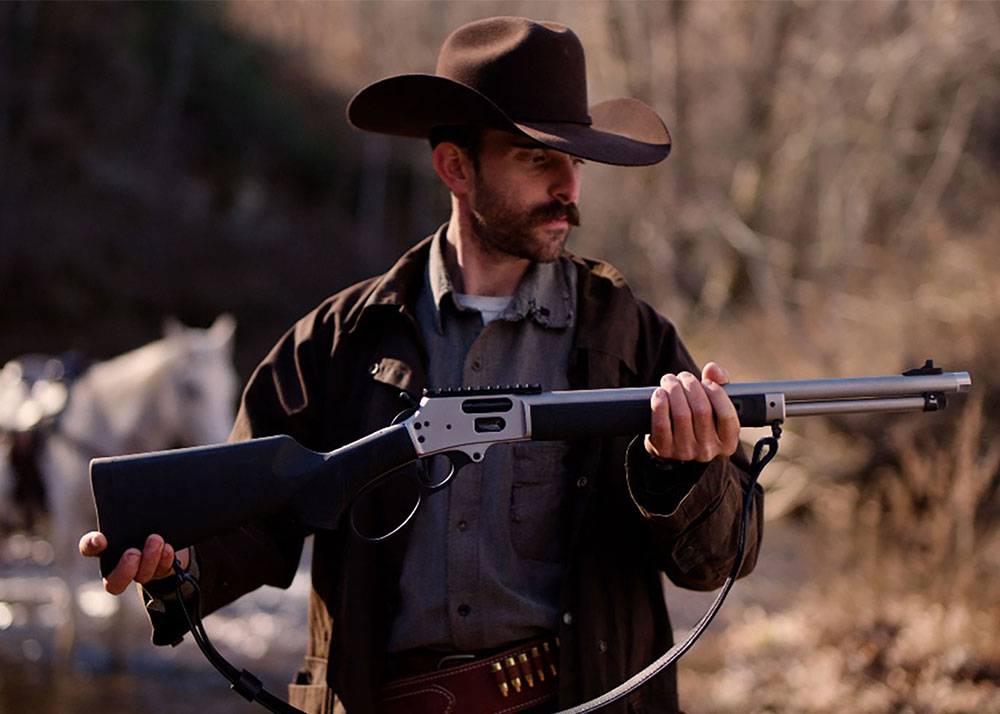U.S. Navy Gets Patent For Device For Marking and Monitoring Cleared Rooms
Logan
02 Mar 2020
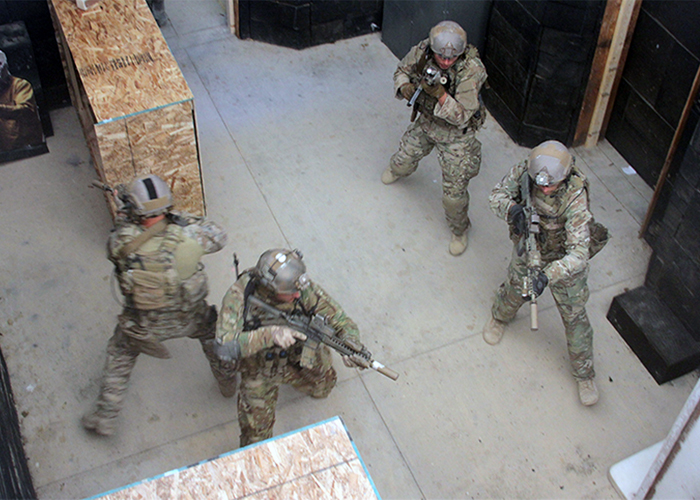
The most dangerous thing for soldiers to get into is Close Quarters Combat that usually takes place in urban surroundings as the enemy will just pop-out any room or take a shot from a window or fire an RPG from rooftop. Clearing rooms will always be tedious as soldiers and operators need to make sure that all rooms have been cleared of the enemy.
In order that rooms that have been cleared are not check again, these are usually marked with chemlights, a practice that started in the 1990s. However, there is no guarantee that these rooms are still clear as an unaccounted for enemy can get back into a cleared room waiting for unsuspecting soldier to reenter into a room that he/she thinks is free of danger.
Now, the U.S. Navy invents a device that marks and monitors cleared rooms and got a patent for it. Invented by a team from the Naval Information Warfare Center-Atlantic, it is called the “Room Breach Digital Sensor Alert Device” (RBDSAD), it is a comprised of an LED and sensor that marks the room when it is cleared but will also alert the soldiers when a hostile enters the cleared room.
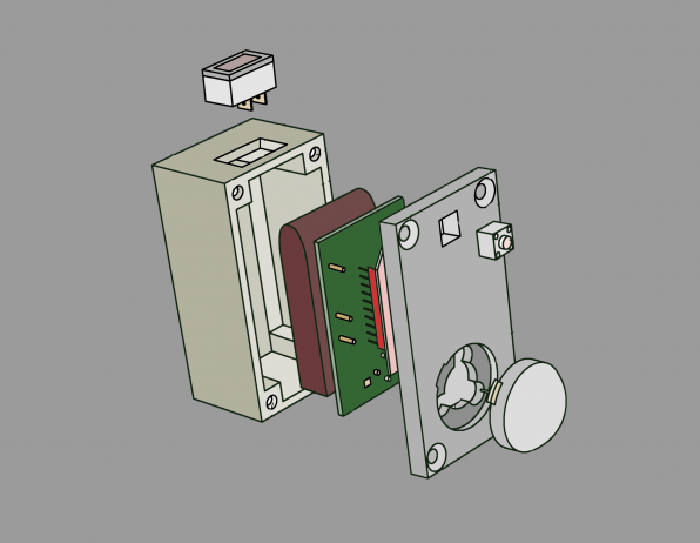
Exploded view of the “Room Breach Digital Sensor Alert Device” (Navy illustration)
Inside the device is an infrared sensor, it is a lightweight device and many could be carried during a mission. With LEDs, the device can show status of the room in different colors, especially if somebody enters a cleared room. It can also be fitted with cameras for photos and videos which should enhance its ability to monitor a cleared room. This reminds us of the devices used in capturing photos or videos of wildlife in those nature documentaries.
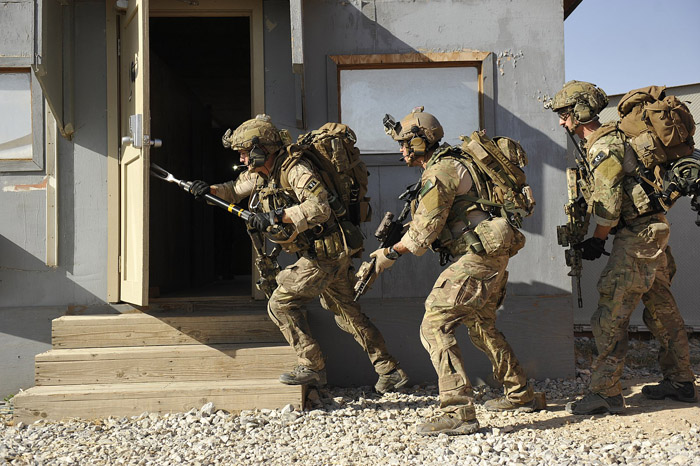
Photo: US Air Force Airmen doing room clearing rehearsal. (U.S. Air Force photo by Maj. Brandon Lingle)
Techlink, which is the the Department of Defense intermediary for technology transfer, is working with the private sector to evaluate the device for possible licensing of the technology for manufacturing the device and commercialization of it to interested agencies and organizations that may have a use for it.
It is interesting to see if this device will be affordable and commercially available that it can be used for private training purposes and by this, we also mean for airsoft purposes.


